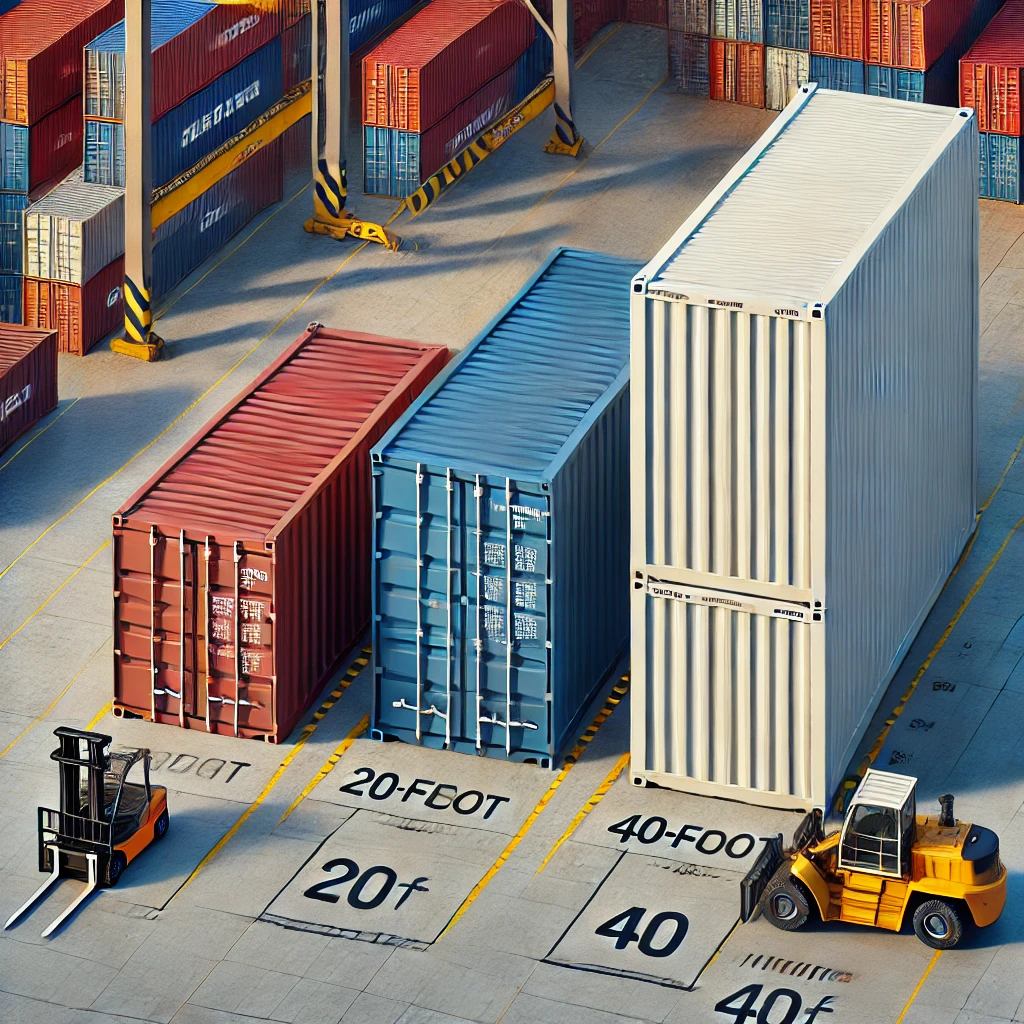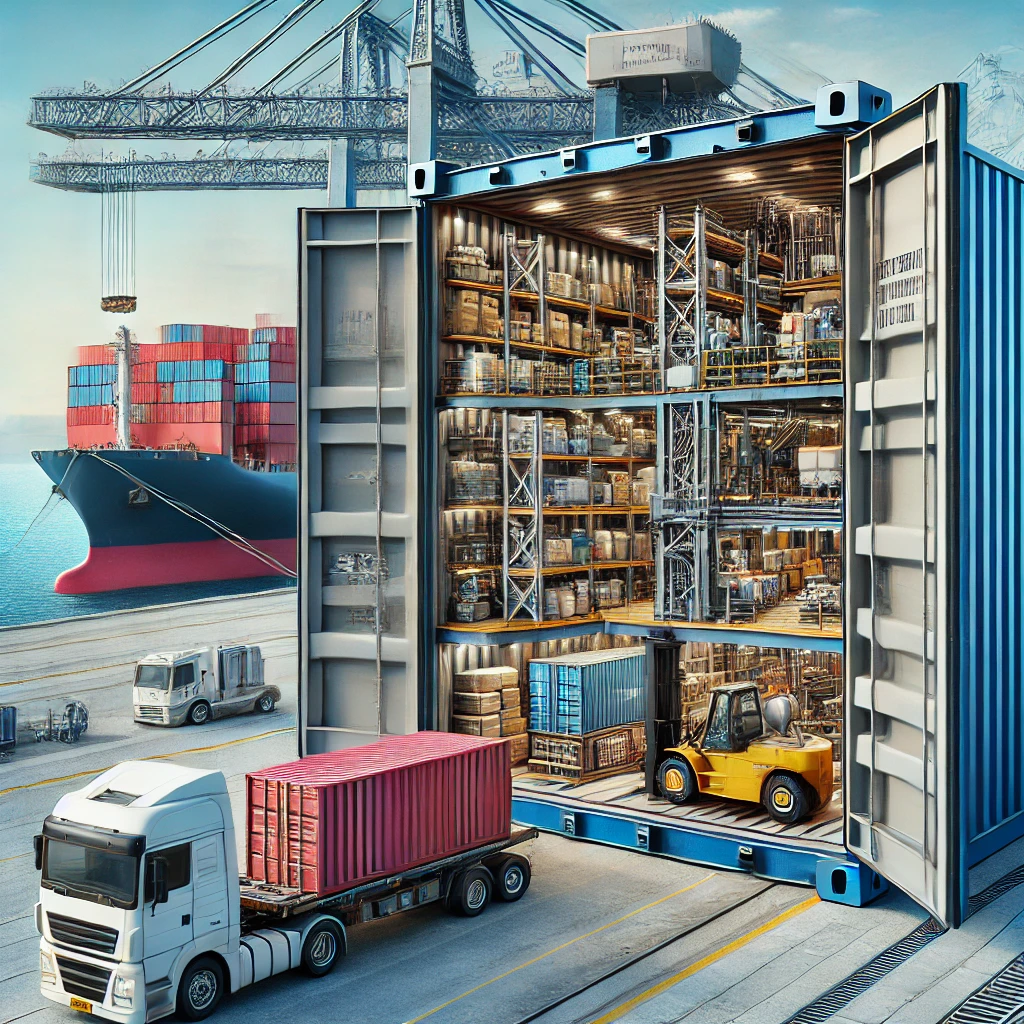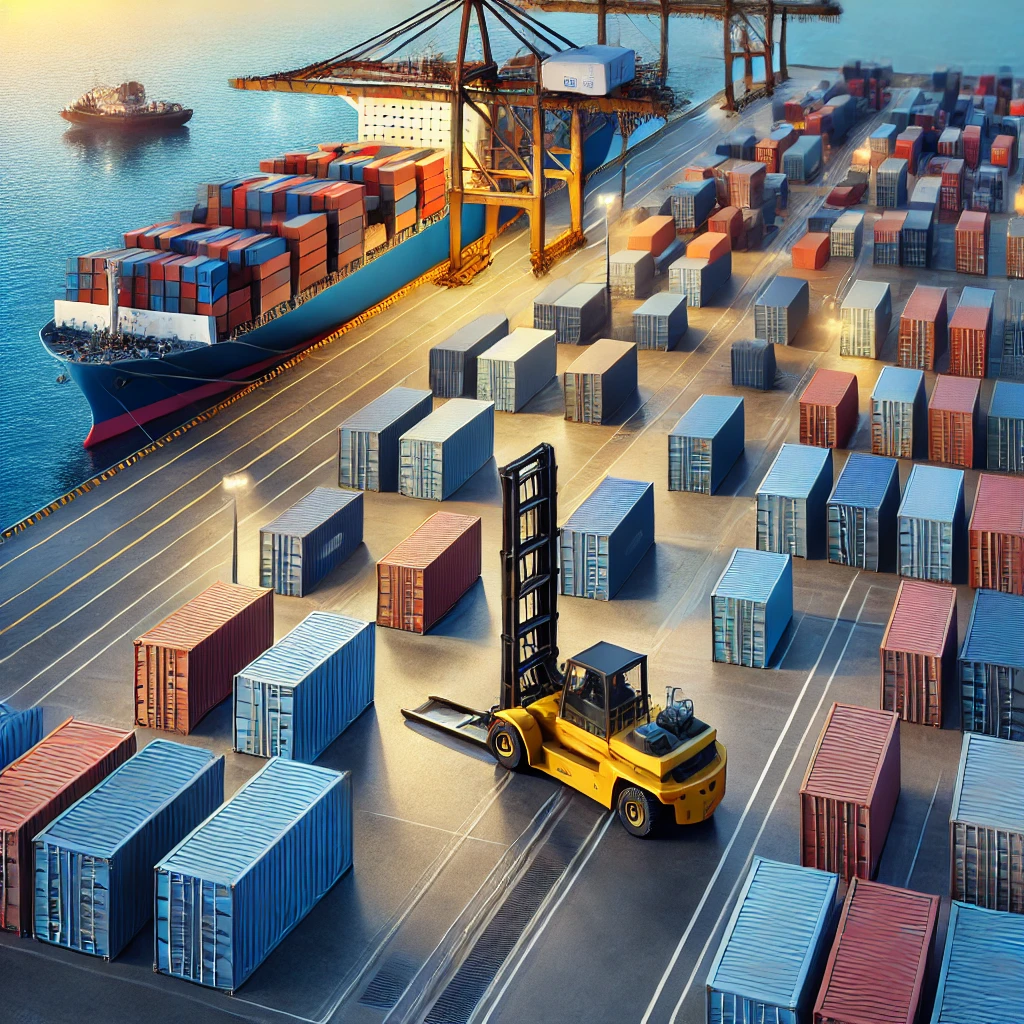The Basics of Container Dimensions
In this article, we’ll break down the standard container sizes, their practical uses, and why choosing the right container dimensions matters in international shipping. 🚢📦

Why Are Container Dimensions Important?
Selecting the right shipping container size can impact:
✔ Shipping costs – Larger containers reduce the per-unit cost of transport.
✔ Storage capacity – Maximizing cargo space minimizes wasted room.
✔ Handling and transportation – Different dimensions require specific trucks, cranes, and warehouse space.
✔ Regulatory compliance – Some shipments must adhere to customs and international trade standards.
Knowing container dimensions ensures efficient cargo planning and smooth logistics operations.

Standard Container Sizes and Dimensions
The International Organization for Standardization (ISO) has established standard container sizes to ensure global compatibility across ships, trucks, and rail networks.
Here’s a breakdown of the most commonly used ISO shipping containers:
1. 20-Foot Standard Container (TEU – Twenty-Foot Equivalent Unit)
Dimensions:
📏 External: 20 ft (L) × 8 ft (W) × 8.5 ft (H)
📦 Internal: 19.4 ft × 7.7 ft × 7.9 ft
🔲 Door Opening: 7.7 ft × 7.5 ft
⚖ Max Payload: ~28,000 kg (~61,700 lbs)
🔹 Best for: Small cargo loads, heavy goods, machinery, and general freight.
2. 40-Foot Standard Container (FEU – Forty-Foot Equivalent Unit)
Dimensions:
📏 External: 40 ft (L) × 8 ft (W) × 8.5 ft (H)
📦 Internal: 39.5 ft × 7.7 ft × 7.9 ft
🔲 Door Opening: 7.7 ft × 7.5 ft
⚖ Max Payload: ~27,600 kg (~60,800 lbs)
🔹 Best for: High-volume cargo, furniture, electronics, textiles.
3. 40-Foot High Cube Container (HC or HQ – High Cube)
Dimensions:
📏 External: 40 ft (L) × 8 ft (W) × 9.5 ft (H)
📦 Internal: 39.5 ft × 7.7 ft × 8.9 ft
🔲 Door Opening: 7.7 ft × 8.5 ft
⚖ Max Payload: ~26,500 kg (~58,400 lbs)
🔹 Best for: Bulky cargo, lightweight but high-volume shipments, and extra-tall goods.
4. 45-Foot High Cube Container
Dimensions:
📏 External: 45 ft (L) × 8 ft (W) × 9.5 ft (H)
📦 Internal: 44.5 ft × 7.7 ft × 8.9 ft
🔲 Door Opening: 7.7 ft × 8.5 ft
⚖ Max Payload: ~26,000 kg (~57,300 lbs)
🔹 Best for: Large cargo loads, increased storage efficiency, and long-haul shipments.
5. Specialized Containers and Their Dimensions
🔹 Reefer Containers (Refrigerated Containers) – Same dimensions as standard 20ft and 40ft containers but equipped with temperature control systems for perishable goods.
🔹 Open Top Containers – Used for oversized cargo like machinery and heavy equipment, allowing loading from the top.
🔹 Flat Rack Containers – Designed for cargo that exceeds standard width or height, featuring collapsible sides for easy loading.
🔹 Tank Containers – Built for liquids, chemicals, and gases, ensuring safe transport of hazardous materials.
Choosing the Right Container Size for Your Shipment
Selecting the right container dimensions depends on cargo type, weight, and shipping method. Consider the following:
✔ Volume and Weight – Will your goods fit in a 20-ft, 40-ft, or high cube container?
✔ Stacking & Storage – Are your items stackable, or do they need extra height clearance?
✔ Temperature Sensitivity – If shipping perishables or pharmaceuticals, a reefer container is required.
✔ Loading Method – For oversized cargo, an open-top or flat rack container may be the best option.
Example Scenario:
🔹 Electronics or textiles? → Use a 40-ft standard container for cost efficiency.
🔹 Tall machinery? → A 40-ft high cube is ideal.
🔹 Frozen goods? → Choose a reefer container with temperature control.

How Container Dimensions Impact Shipping Costs
Shipping costs are influenced by container size, weight, and cargo volume. Larger containers often provide better cost-per-unit efficiency, but:
🚢 Heavier cargo = Higher freight charges due to weight restrictions.
📦 Unfilled space = Wasted money on unused volume.
🛃 Customs fees & taxes vary by container type and destination.
To save on shipping costs, businesses should:
✔ Optimize cargo packing to utilize container space efficiently.
✔ Compare freight rates between FCL (Full Container Load) and LCL (Less than Container Load).
✔ Use intermodal transport (rail, truck, sea) to lower expenses.
Future Trends in Shipping Container Design
As global trade evolves, container dimensions and designs are being enhanced with:
🚀 Eco-Friendly Containers – Sustainable materials for lower carbon footprints.
🚀 Smart Containers – IoT tracking for real-time cargo monitoring.
🚀 Collapsible Containers – Space-saving designs to reduce empty transport costs.
🚀 AI-Optimized Storage Solutions – Machine learning for efficient container utilization.
These advancements will redefine cargo efficiency in the logistics and supply chain industry.

Conclusion
Understanding container dimensions is essential for businesses, freight forwarders, and supply chain professionals looking to optimize shipping costs and efficiency. Whether you’re shipping small goods in a 20-ft container or bulky items in a 40-ft high cube, choosing the right container can impact profitability and delivery success.
With advancements in logistics technology, container usage will continue to evolve, improving efficiency, security, and sustainability in global trade.
